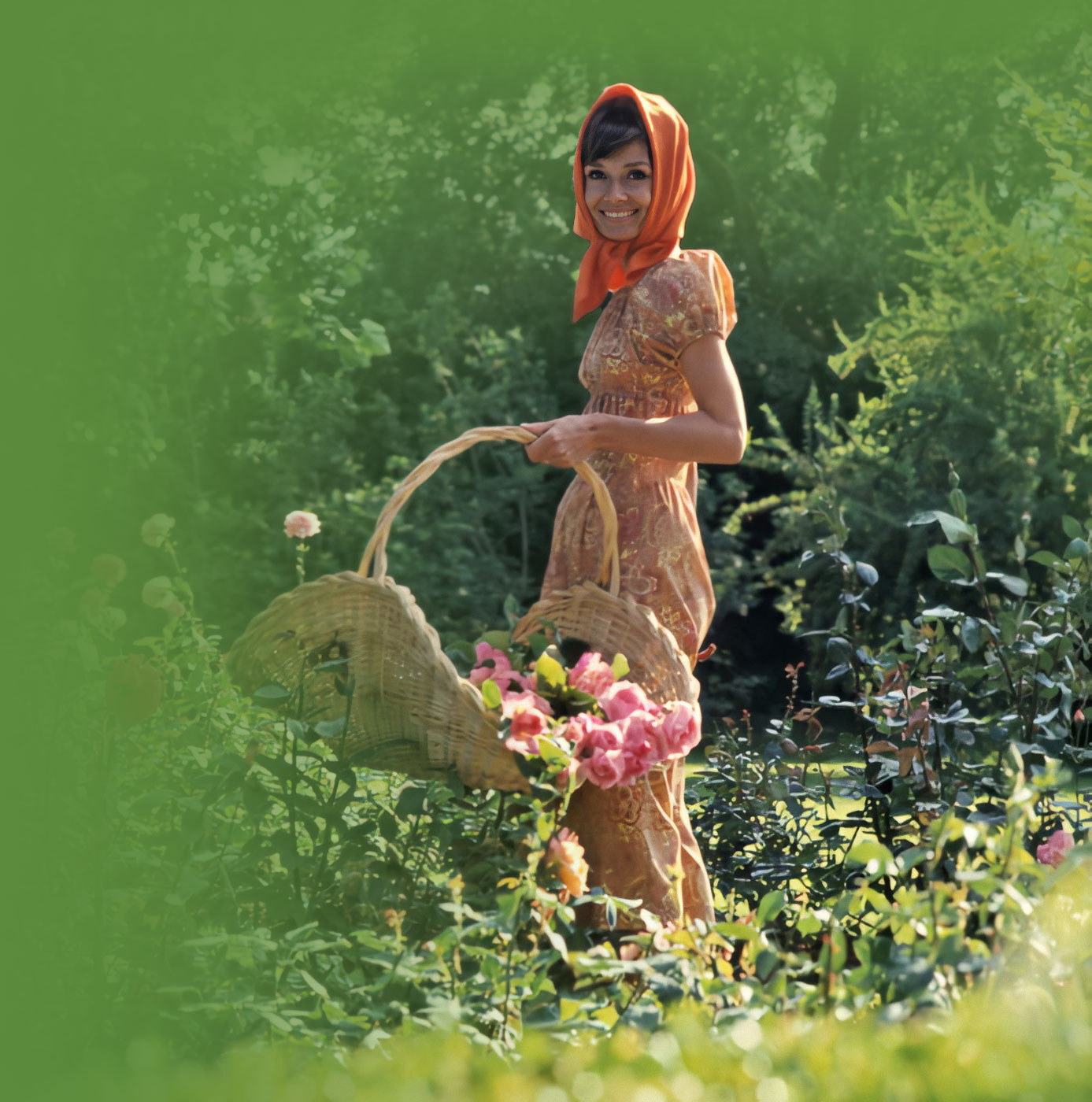One of the greatest rewards of homeownership is being able to have your very own garden. There are so many ways to shape your garden to fit into your lifestyle, needs and long-term goals. While we offer our Garden Design & Installation service to residents of the Mid-Hudson Valley, we also are here to encourage anyone to pursue gardening on their own.
With that said, please enjoy our guide!
1. What Do You Want from Your Garden?
The first step in garden planning is asking yourself, “What do I want from my garden?”
Do you want to grow your own food, or are you looking to create a space filled with ornamental shrubs and flowers? A clear vision of your goals will help shape the entire design. For those interested in producing edibles, choosing plants like asian greens, corn, peppers, tomatoes, okra, collards, or herbs like fennel, chives, dill and oregano.
If you prefer a more formal aesthetic with curb appeal, shrubs, perennials, and flowerbeds could be the way to go. If you want to combine aesthetics with benefits for pollinators, choices like wild bergamot, milkweed, borage, or breadseed poppies could be a good option.
Resources:
The Hudson Valley Seed Co. produced a useful resource on edible landscaping.
The Hudson Valley Pollinator Project has a resource on Hudson Valley native pollinator plants.
2. What Are Your Surroundings?
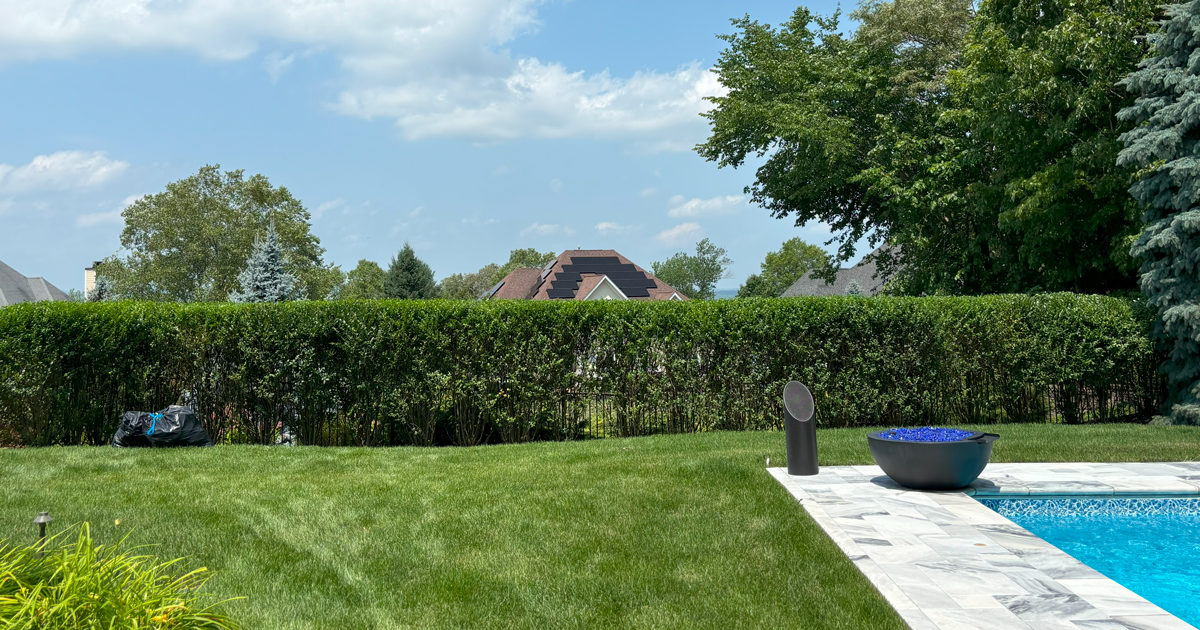
Your surroundings play a crucial role in garden planning. Are you near a woodland area? Do you have neighbors with tall fences? Consider what visual aspects of your environment can influence your garden. These will determine the placement of focal points and how your garden integrates with the landscape.
3. What Wildlife Lives in Your Neighborhood?
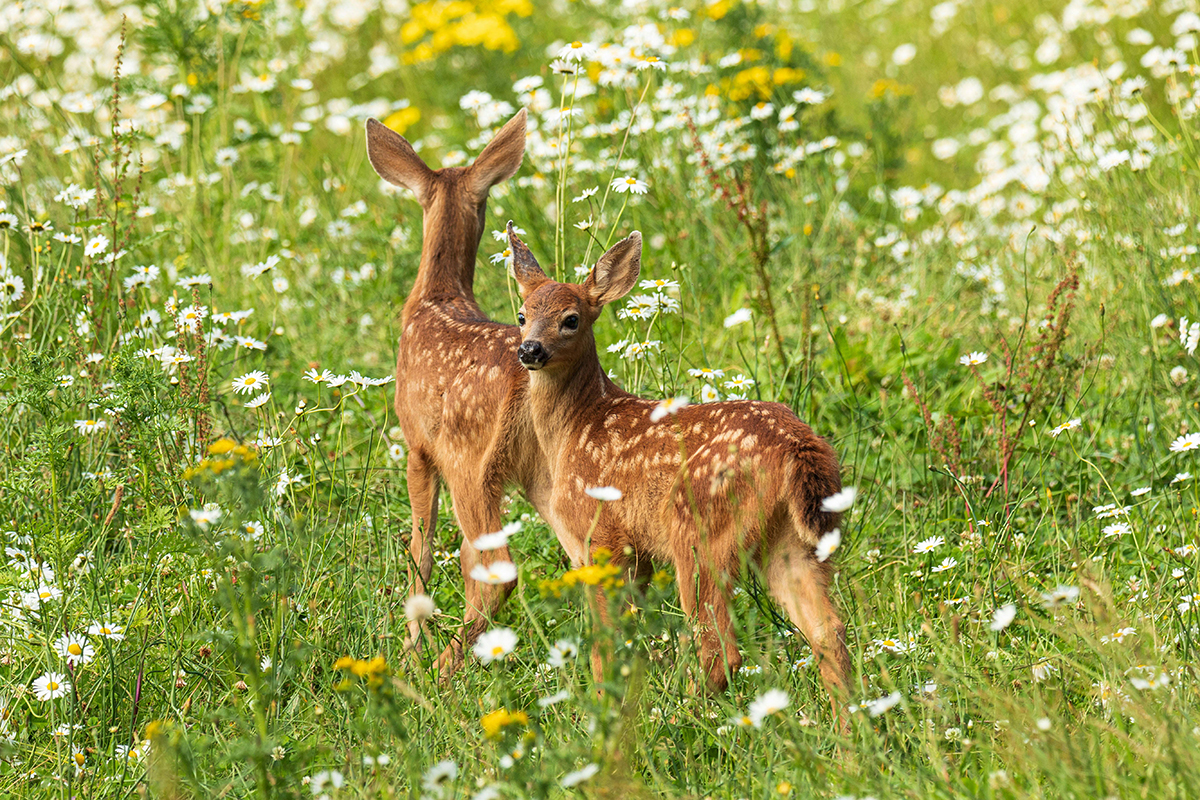
Wildlife can greatly impact your plant choices. For example, deer are notorious for munching on ornamental plants and edibles. If your neighborhood is home to such animals, you’ll need to opt for deer-resistant varieties or invest in protective barriers. Some plants, such as boxwoods, Virginia sweetspire or butterfly bush, are generally safe from deer.
4. What Are Your Soil Conditions?
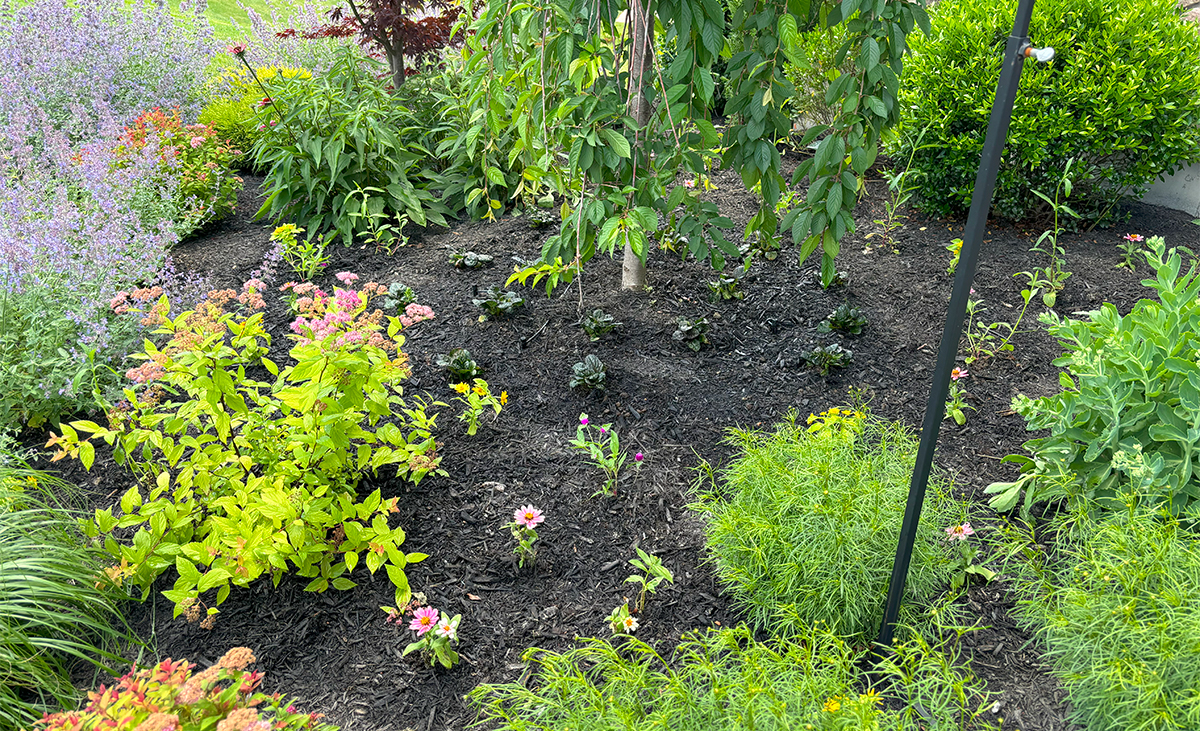
Soil condition is a vital yet often overlooked aspect of gardening. Is your property naturally wet, or does it tend to dry out? Amending your soil can improve conditions, but this isn’t always a long-term solution unless done properly. For instance, if you only amend the top layer, your plants may struggle to thrive. Instead, it’s wise to choose plants suited to your specific soil type, like native species that are adapted to local conditions.
Cornell Cooperative Extension of Ulster County’s Master Gardener program offers soil pH testing that can help guide decisions about how to modify your soil and what you can realistically plant.
5. How Sunny is Your Garden?
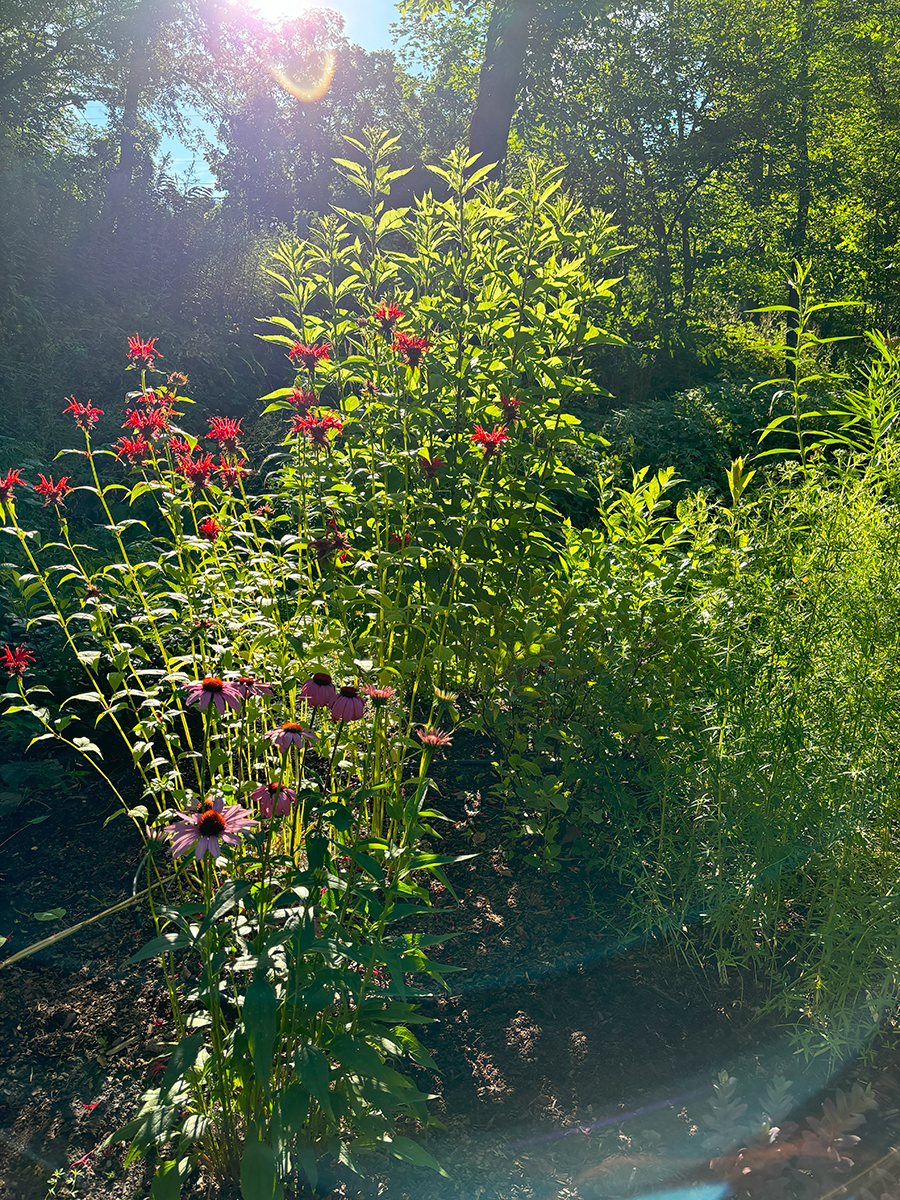
Sun exposure is key to selecting the right plants. Knowing which side of your house the garden is on will tell you a lot about the sunlight it receives. For a south-facing garden with full sun, you’ll have more options for flowering plants, while a north-facing or shaded garden may require plants that thrive in low light, such as woodland varieties like Brunnera or Japanese ferns.
More sun typically means more variety, but shade-tolerant plants can still bring beauty to your space, especially with their rich foliage and early-season blooms.
6. How Involved Do You Want to Be?
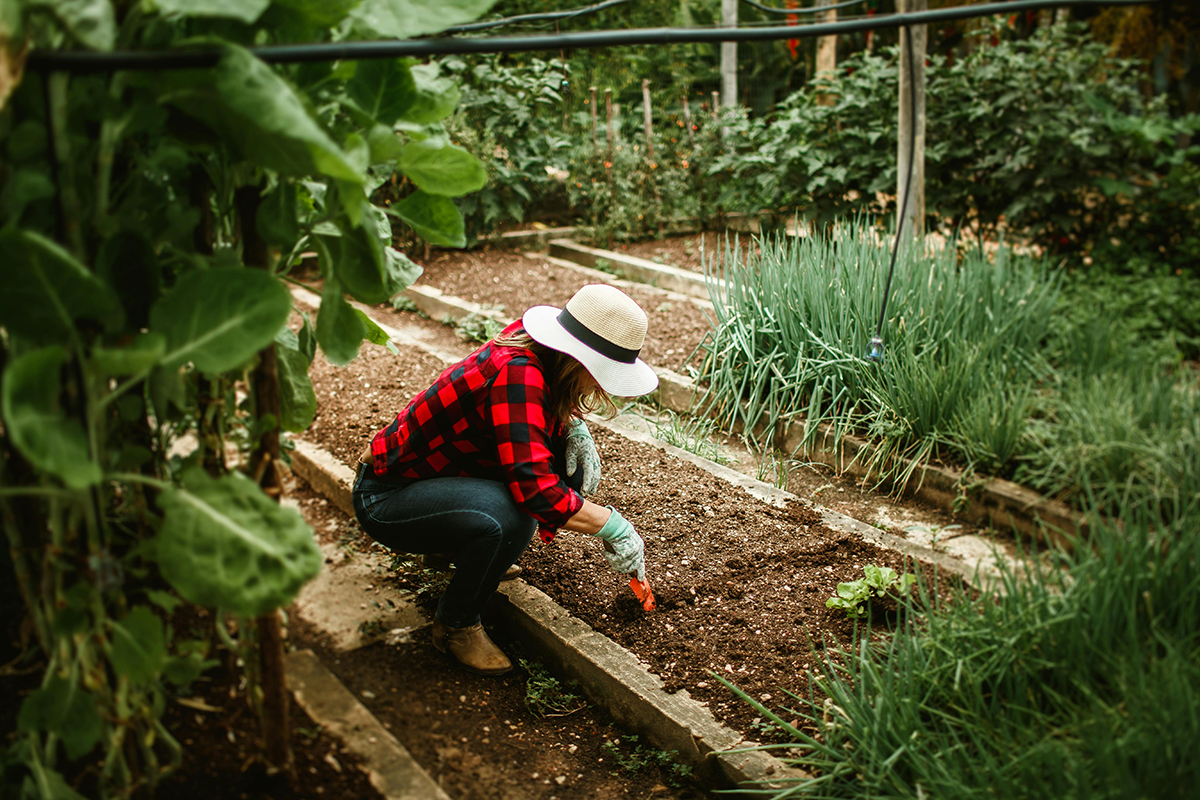
Consider your lifestyle and how much time you’re willing to devote to garden care. Do you want a garden that you can simply water once a week, or are you looking for a project that will require frequent attention? If you prefer a low-maintenance option, plants like hydrangeas and boxwoods are excellent choices. They’re easy to care for, require minimal pruning, and thrive with occasional watering. If you want more involvement, a garden filled with flowering perennials or woody shrubs will require regular upkeep, including deadheading and disease prevention.
7. What Do You Want to Plant?
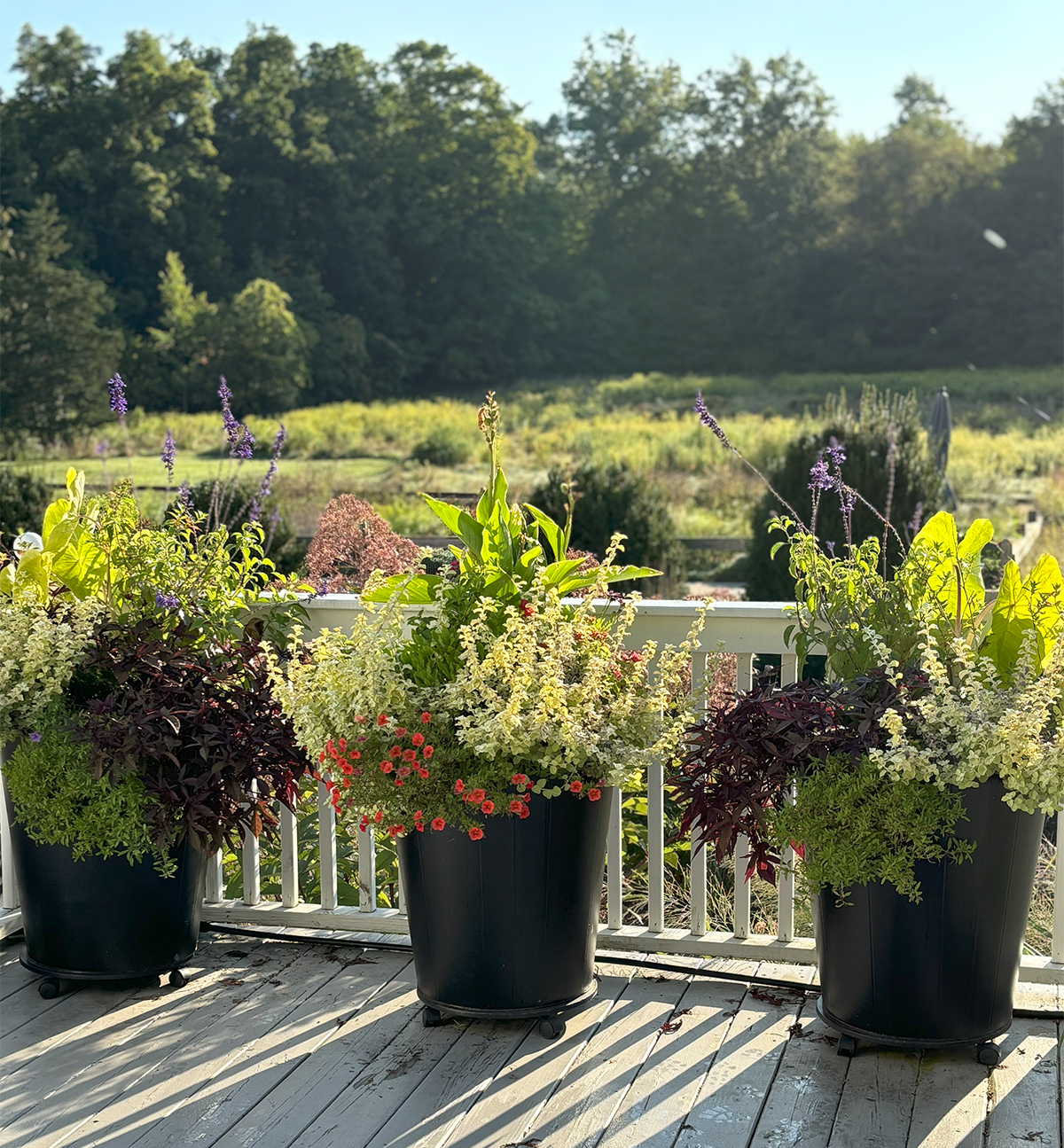
When choosing plants, maintenance and local growing conditions should guide your selections.
Some popular, low-maintenance border plants include Walker’s Low Nepeta, which is a great pollinator plant that flowers from early summer until frost. With regular trimming, you can even get multiple blooms per season. Another favorite is Lamb’s Ear, known for its soft, fuzzy texture, though its flowers aren’t particularly striking.
For a splash of color, consider native pollinator plants like Black-Eyed Susans (Rudbeckia) and Purple Coneflowers (Echinacea). These bloom from mid-summer through fall and are well-suited to New York’s soil conditions. They also attract beneficial insects and provide medicinal value.
If you want more structure, Boxwoods and Arborvitae are classic choices for hedging or foundational plantings. Once established, they require very little care. Their dense texture makes them staples of formal gardens, but they work equally well in more relaxed settings.
Lastly, avoid invasive species that may disrupt local ecosystems. Many nurseries won’t sell these plants, but as a responsible gardener, it’s important to stay informed and avoid any that are on invasive species lists in your area.
8. When will you plant?
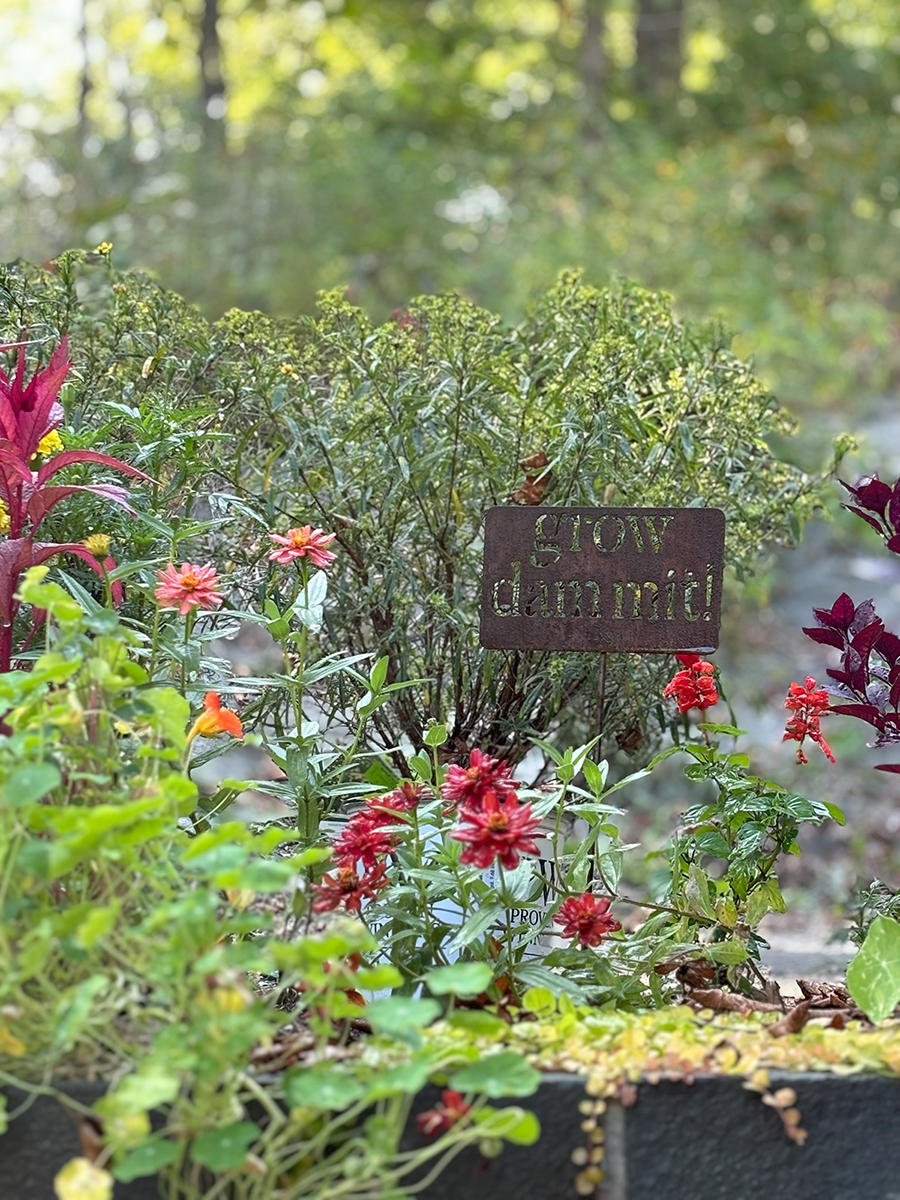
After you decide what you want to plant, you have to make a plan for when you’re actually going to do it.
The best time to plant most garden species is in the spring or fall when temperatures are mild, and plants can establish themselves without the stress of summer heat. If you plant during the peak of summer, make sure to have a solid watering plan or an irrigation system in place to help your plants thrive.
Usually, according Google Trends data, New Yorkers look for information about gardening in the last day of April and in the first weeks of May. The fall remains an underrated time to work on your garden, because there’s the delayed gratification of seeing it bloom.
9. Where can you buy what you need?
In the Hudson Valley, we are blessed with a wealth of options for plant nurseries, garden centers, greenhouses and local grocery stores that sell supplies. Keep in mind, this is by no means an exhaustive list!
Dutchess County
| Amenia | Tractor Supply |
| Clinton Corners | Old Dairy Nursery |
| Fishkill | East Fishkill Garden Supply Home Depot Walmart |
| Hopewell Junction | The Corn Crib Greenhouse Northern Dutchess Botanical Gardens Sunny Gardens Greenhouse |
| Hyde Park | M&M Garden Center Orangerie Garden & Home |
| Lagrangeville | Joe The Grower Williams Lumber |
| Milan | JW-Pachysandra |
| Millbrook | Flora Good Times Millbrook Gardens and Landscaping The O Zone Sabellico Wonderland Florist |
| Millerton | Millerton Nursery and Garden Shop |
| Pleasant Valley | Daisey Hill |
| Poughkeepsie | Adams Home Depot Lowe’s Twin Ponds Nursery |
| Red Hook | Mac’s |
| Rhinebeck | Full Circus Farm The Phantom Gardener |
| Staatsburg | Deep Roots Direct |
| Wappingers Falls | Adams Home Depot |
Ulster County
| Accord | Hudson Valley Seed Company Saunderskill Farms |
| Gardiner | Meadowscent Rosedale Nurseries |
| Highland | Black Creek Farm and Nursery Lavender Lady Lilac Nursery Chavez Garden Center Lowe’s Tractor Supply |
| Kerhonkson | Catskill Native Nursery |
| Kingston | Augustine Nursery Buzzanco’s Greenhouses & Farm Home Depot Lowe’s Walmart |
| Lake Katrine | Adams Tractor Supply |
| Modena | Mike’s Hothouse Techmer Nursery & Garden Center |
| Napanoch | Tractor Supply Walmart |
| New Paltz | Wallkill View Farm Market |
| Pine Bush | Raymond Perri Co |
| Rosendale | Victoria Gardens |
| Saugerties | Cedar Ridge Nursery |
| Stone Ridge | Davenport Farms Hortus Arboretum and Botanical Gardens |
| Tilson | Kalleco Nursery |
| Wallkill | Rustic Ridge Farms |
Don’t want to do this all by yourself?
Request a consultation from Wanduring Roots by contacting us or giving us a call at 845-489-5981!

